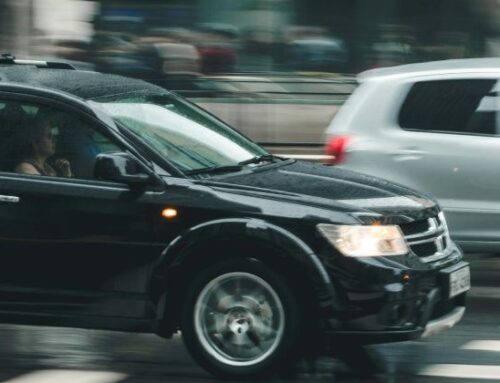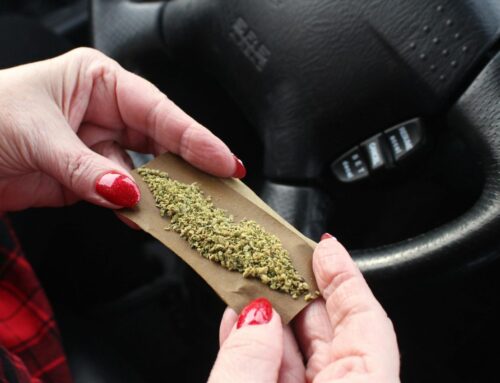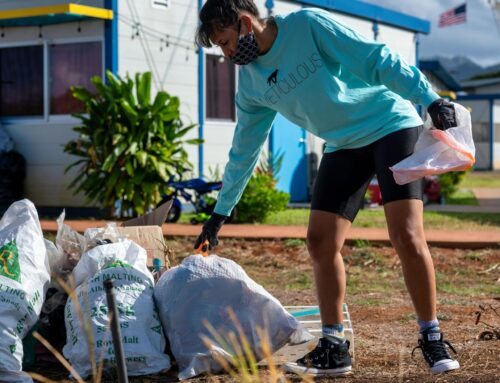We often assist clients with their property damages after a wreck. Unfortunately, the lack of a working vehicle is often even more disruptive than the pain of injuries in the early days following a car collision. You can handle your own property damage claim, but you have rights and responsibilities in that process that you need to understand before you start talking to the adjusters. You need to understand your property damages after a wreck.
Where is the car now?
After a crash, you have a duty to “mitigate your damages.” This means you can’t just let a car sit in a tow yard forever while waiting for the insurance to pay you for your loss. Particularly where there may be a dispute as to fault or a problem with insurance coverage, we advise our clients to MOVE THE CAR OUT OF THE TOW YARD ASAP. If the car sits in the tow yard too long, the tow yard has a right to assert a “Mechanic’s Lien” on the car, meaning that the client loses all rights to the title AND to any damages. Sometimes, you can talk your own insurance carrier into moving the car to one of the insurance carrier’s lots, but, again, this needs to be taken care of quickly.
How much will I get for my car?
In order to understand your property damages after a wreck, you need to understand some basic terms. The person who caused the crash is called the “tortfeasor”. They are ultimately responsible for paying for your car or motorcycle. If the car is repairable, the “tortfeasor” (or, more accurately, his insurance company) must pay the reasonable cost of repair. If the car is a total loss, the tortfeasor’s insurance must pay the “fair market value” of the vehicle. This is an important thing to understand—it doesn’t matter if the car has sentimental value or even if it’s been kept in perfect condition. All the defendant has to pay you is the fair market value of that car, in the condition that it was in one minute before the crash. The insurance company gets to take into consideration prior damage, whether you smoked in the car, mileage; all of that stuff depreciates the value of the car, and they get to consider it. The insurance company uses a software called CCC, which is similar to NADA or Kelley Blue Book to come up with the value of your car.
However, you don’t have to accept the initial value CCC spits out for your car. Often, the CCC value is reasonable, but you can often negotiate with the insurance company. If NADA, Kelley Blue Book, Autotrader, Craigslist, etc., are showing a much higher price for cars that are *just like* yours (same mileage, same condition, same trim level and extras, etc.), you can use those evaluations to negotiate a higher price for a total loss. But be aware, you can only compare apples to apples. You can’t compare a 2016 Honda Odyssey LX with all the bells and whistles to a 2015 base model Honda Odyssey. It doesn’t work that way. Also compare cars or motorcycles in Albuquerque, Santa Fe, Gallup, or wherever you live to get a better comparison.
You can also ask the insurance company to pay for personal property (like computers, phones, motorcycle gear and helmets, etc) damaged or destroyed in a collision. You can also ask the insurance company to consider any aftermarket improvements a client added to the car, like special rims, new tires, etc., but you MUST have receipts for aftermarket items, and understand that the insurance company will depreciate such items based on how long they’ve been in use.
Rental car–how much? How long?
If a car is repairable, the tortfeasor’s insurance company generally pays for the rental from the date of loss until the car is out of the shop.
If the car is a total loss, the tortfeasor pays for the rental from the date of loss until the day the tortfeasor’s insurance company conveys their first total loss settlement offer to you.
This means that if the you don’t want to take the first total loss offer, or if you need to keep your rental car while you wait for the check to come in, you may be out of pocket on the rental. You can sometimes persuade the insurance company into extending the rental for a few days; however, they do NOT have to do this once they have conveyed their offer on the total loss value.
What is “Diminished Valve?”
When a collectible or high value, or new, vehicle gets damaged, but the damage is repairable, you might be entitled to claim diminished value. This is the loss in resale value between the pre-accident resale price and the post-accident resale price. Diminished value generally requires an expert opinion in order to obtain it from the insurance company, and it is often a difficult and protracted fight. We DO NOT suggest that most of our clients pursue diminished value claims, as the cost of obtaining an expert’s report often outweighs any gain in value.
What does it mean to be “upside down?”
The tortfeasor only has to pay what the car is worth. Some folks have unfortunately financed their cars leaving them owing more than the car is worth. If this happens, then the client is said to be “upside down” on their car. If, for example, fair market value on your car is $9,000.00, but you owe $11,000.00 to your finance company, you’re is upside down $2,000.00, and must still pay that $2,000.00 to the finance company. Sometimes you might be able to roll their ·upside down” into a new loan, but it’s never a happy situation. This is why we always check for GAP insurance on our clients’ car loans, which pays the “upside down” in this situation. GAP is an optional coverage you obtain from your financing company–it has NOTHING TO DO with your auto insurance. Many people decline GAP, unfortunately, because they do not understand that in the event of a total loss collision, they might still end up paying for their car out of pocket. You need to understand your property damages after a wreck and prepare in advance in case you finance a car.
Loss of use–what is it?
You can sometimes get another kind of damage from the tortfeasor’s insurance company called ”Loss of Use.” This is money that compensates you for time you were without your car, but not yet in a rental. It is generally paid out at the same rate as a daily rate for a rental car (approximately $25-35.00/day).
What is collision coverage?
Unfortunately, it often takes two weeks to get a police report. During that time, you might be forced to just sit around worrying about your car and whether it will get fixed. If you have COLLISION COVERAGE on your own auto policy, you can use this coverage to get your car fixed now rather than later. You WILL need to pay your deductible (typically $500-1,000) to use your collision coverage. Using collision coverage should not have any negative effect your rates or coverage with your automobile insurance carrier. If you choose to use your collision coverage, an adjuster for your own company will appraise the damage, and will issue checks for repair or total loss directly to the you or to the repair shop of your choice. Then, your insurance company will SUBROGATE against the tortfeasor’s insurance company, once that company is identified. They will typically subrogate for the whole amount of the repair or total loss value, including the deductible, and then will reimburse you for the deductible you paid.
But be aware– collision coverage does NOT pay for a rental car. You must have separate RENTAL COVERAGE on your policy if you want your own insurance to pay for a rental. If you are using your collision coverage and you do not have rental, you will need to pay for your rental out of pocket, and then get reimbursed later from the tortfeasor’s insurance company once that company is identified.
Questions? Call us.
Remember, it’s always best to educate yourself and understand your property damages after a wreck before negotiating with the insurance company. Roadrunner Law Firm is happy to guide our clients with bodily injury claims through the sometimes-complicated world of property damage claims. If you have been hurt in a car, motorcycle, or bicycle collision and you need help with your property damage settlement, call us today for a free consultation. 505-444-4321.



